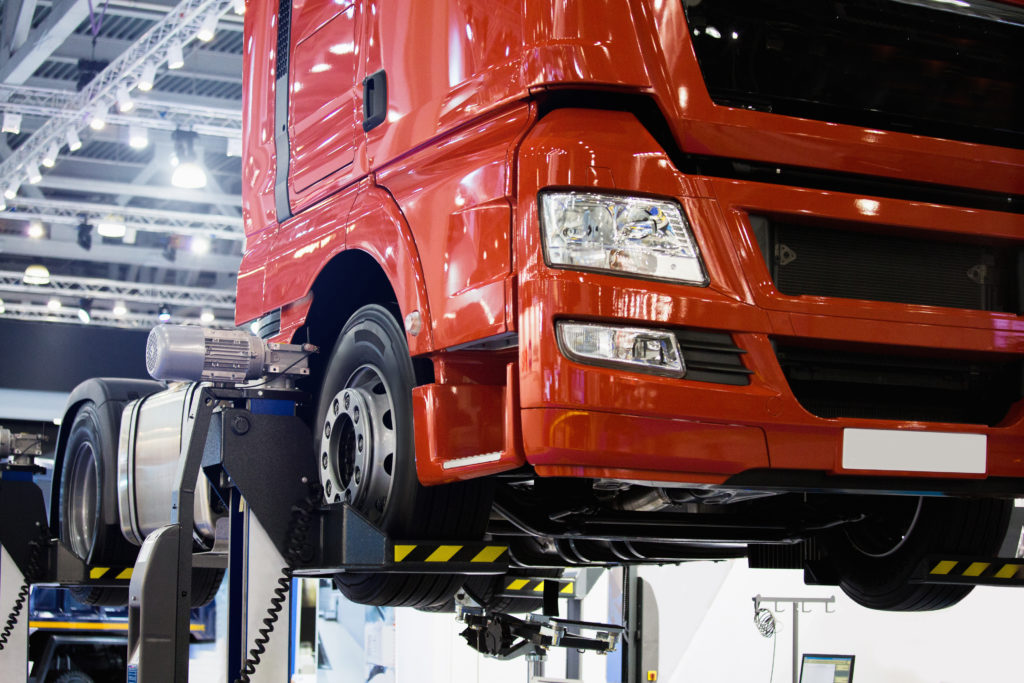
2019 has been a tough one for the trucking industry. Through continuous storylines covering the driver shortage to serious concerns regarding the overall business prospects for trucking companies, the industry has truly been struggling. Despite all the noise, there have been several companies who have been able to cut through the tension and make a name for themselves. Recently, it was announced that Convoy, an on-demand digital trucking platform, has raised $400 million in funding, which will help it escalate its business model and bring it to market. What exactly is a digital trucking platform? For starters, Convoy’s intention is to cut shipping costs by creating a streamlined alternative to the large amount of wasted space that occurs in most long-haul trucks. The goal is to digitally connect shippers with trucking companies. Think Uber for truck drivers; something we have already seen in the market with Uber Freight.
While the news of Convoy’s new round of funding may not appear monumental, it really is a sign that the industry could seriously pivot within the next decade. For instance, back in August of 2019, The New York Times wrote a piece about Convoy’s emergence within the industry and had the opportunity to speak with Silpa Paul, a commercial vehicle analyst for Frost and Sullivan, a prominent research company specializing in consulting for companies. In that piece, The New York Times stated that “Ms. Paul estimated that services like Convoy’s were expected to grow rapidly, from posting $210 million in broker fees in North America in 2017 to $6.7 billion in 2025.” Further, Paul had determined that the streamlined efficiency would likely not bear on a loss of trucking jobs, because there was already such a severe shortage, as announced by the American Trucking Association. For an industry struggling as much as the trucking industry is, companies finding the potential to garner billions of dollars certainly provides a few bright spots.
Moving forward, Convoy understands that although it has produced the necessary funding to evolve its business model and become a national brand for many shippers, it also faces competition from the likes of Uber Freight. That’s why it is fascinating to see where this brand goes next. According to Tech Crunch, “the company launched in 2019 an automated reloads feature that allows truckers to book multiple loads at a time. It also added Convoy Go, which allows drivers to bring their truck cab and hook up to a trailer pre-filled with cargo.” These advancements are really where we will see how profitable and transformative these digital freight shipping apps will be. While long-haul freight is likely to be where the money is for Convoy, the reality is that there are drivers throughout the industry looking to independently move freight. Allowing for drivers to bring their truck cabs to pre-filled cargo shipments truly changes how the industry functions.
Changing Industry May Bring More Challenges than Previously Believed
There is much to be said about Convoy’s business model and how it; coupled with Uber Freight, will have a tremendous impact on the industry as a whole. Unfortunately, it seems to go unnoticed that some of Convoy’s investors happen to singlehandedly turn the industry on its head already. Currently, Jeff Bezos serves as a primary investor for the company, being that both Amazon and Convoy are located in the same city and largely have the ability to overlap their business models; it’s a genius move by the billionaire. Unfortunately, we have already written about how Amazon is threatening the industry by bringing its shipping and delivery in-house to save on costs. With Class 8 tractors now on the roads for the company, a start-up with the ability to handle the “spot market” with the click of a button seriously threatens small companies. Sure, there is already a driver shortage and Convoy argues that it won’t be taking jobs, but rather rendering shipping more efficient by ensuring that freight is carrying up to its capacity. The issue is that there are many small trucking companies throughout the United States and a majority of their business relies on the “spot market” to turn a profit. In 2019, the spot market has been down. Some may argue that these new apps will help alleviate this issue; however, the long-term ramifications due to who actually has a “say” within companies such as Convoy may present far more issues for the industry and its ability to support small and medium size trucking companies in the next decade.


